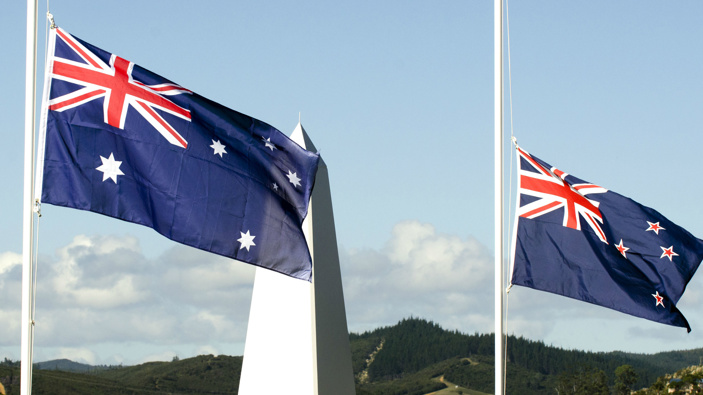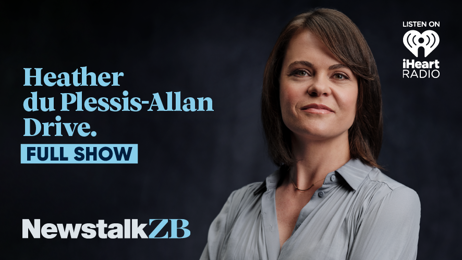A trans-Tasman bubble could see a $4 billion "turbocharge" boost by the year's end, according to a report by Ernst & Young Australia.
That scenario is based on the border opening as of today, and the "business as usual" Australian tourism spend here of about $2b being doubled due to an increased propensity for travel.
But a leading epidemiologist warns against viewing economic and health impacts in isolation from each other, and calls for New Zealand to continue its cautious approach.
A trans-Tasman bubble has been on the cards since May, and tourism operators, business associations and the air travel industry have all been busy lobbying for it to happen as soon as safely possible - particularly as the ski season gets under way.
On Monday, Prime Minister Jacinda Ardern said being able to do so safely remained the key factor, citing the recent outbreak in Victoria as putting the brakes on the idea.
With most other Australian states having largely pursued and achieved a form of elimination, the door was open for state connections, but the "ball is in Australia's court" as to how fast that can occur, she said.
"If Australia chooses to allow state-to-state travel that is their decision, and that will determine the speed of any trans-Tasman bubble," she said at Monday's post-Cabinet media conference.
Having a form of quarantine-free travel between the countries - and any others - would depend on having similar elimination targets, being free of community transmission and for how long, a high standard of testing and contact tracing, and a good flow of information along with border management.
"But ultimately number one is safety," Ardern said.
New Zealand Aviation Coalition co-chair Kevin Ward said it was interesting to see the EY report, and the scale of the economic benefits of travel between the two countries.
The report looked at three scenarios: business as usual; keen and eager, where half the tourism expenditure lost during the border closure is recovered along with normal tourist spending; and turbocharged, based on propensity for travel doubling as seen in shopping figures post lockdown.
New Zealand tourists spent NZ$2.3 billion in Australia for the year ending December 2019, meanwhile Australians spent close to $4b here in the year to September last year.
EY estimated different scenarios of spending, were the borders to open right now.
Under business as usual, it estimated Australian tourists would spend just over $2b by the year's end, with an increase of over 22,000 full-time jobs.
This would be doubled to $4b under a "turbocharged" scenario, with nearly 50,000 full-time jobs.
New Zealand tourism spend across the ditch could be $1.3b and $2.5b for those scenarios respectively.
Queenstown mayor Jim Boult said it was "enormously important" to reopen travel with Australia as soon as it is safe.
The snow was falling, skifields were open, and while many Kiwis were flocking to the slopes, they normally only made up about half their visitors - the bulk of the remainder from across the ditch.
"[The trans-Tasman bubble] is hugely important, and could mean the difference between businesses failing and people keeping their jobs," Boult said.
The region appreciated how Kiwis were travelling in droves post-lockdown, and they were expecting a boost during the upcoming school holidays, he said.
They also appreciated the ongoing wage subsidy, which was keeping unemployment numbers relatively low for now, and recent Government support for migrant workers who were slipping through the cracks.
"I am delighted with the support, and I appreciate the Government has a responsibility to make sure the [trans-Tasman bubble] is done safely, but economically we need it as soon as possible."
Likewise, Auckland's Heart of the City CEO Viv Beck said spending in the central city was down 20 to 30 per cent, with a large chunk of that from the 19 per cent usually made up by international visitors.
"[The report] really shows the benefits of opening the border, and we would certainly be keen to see that as soon as it is safe."
The EY report closely follows another, released last week by Sir Peter Gluckman, former prime minister Helen Clark and former Air New Zealand chief Rob Fyfe, which said an extended delay in opening the borders would cause huge damage to the country's economy and social wellbeing, and it was time to change the goals.
"Nobody is saying open the borders today ... but at some time in the near future we have to have a strategy in place of gradually opening the border, because we cannot [keep it closed] indefinitely," Gluckman said.
Currently only citizens, residents, or people with special exemptions can enter New Zealand, followed by two weeks of managed self-isolation or quarantine.
University of Otago epidemiologist Professor Michael Baker said the EY report was problematic and only looked at a "small part" of the equation.
"I assume they are meaning when travel is back to a pre-Covid level with no restrictions, and that is not a very practical option."
It was also not helpful to frame the discussion as "health versus the economy".
"They are closely aligned, and the elimination strategy the country is taking has huge health and economic benefits."
Baker said the cautious approach here had allowed people to travel domestically without social distancing, meanwhile countries around the world were still experiencing major outbreaks.
New Zealand was already taking a risk-based approach with Kiwis returning from overseas, some of whom had Covid-19. The key was ensuring the risk was managed, he said.
He suggested a more nuanced approach, looking first at Pacific island nations that have always been Covid-free, moving to those that have the eliminated the virus, including Australian states in isolation of each other.
"I think caution is the key, and also having a definition of elimination shared between the countries, ensuring they are all working towards the same goal and have similar systems in place."
There were also more "imaginative ways" of managed travel, including combinations of testing, mask use and entry and exit screening to reduce the risk.
"We are not necessarily advocating that, but just that the discussion needs to be more nuanced than simply about the economy."
Take your Radio, Podcasts and Music with you










